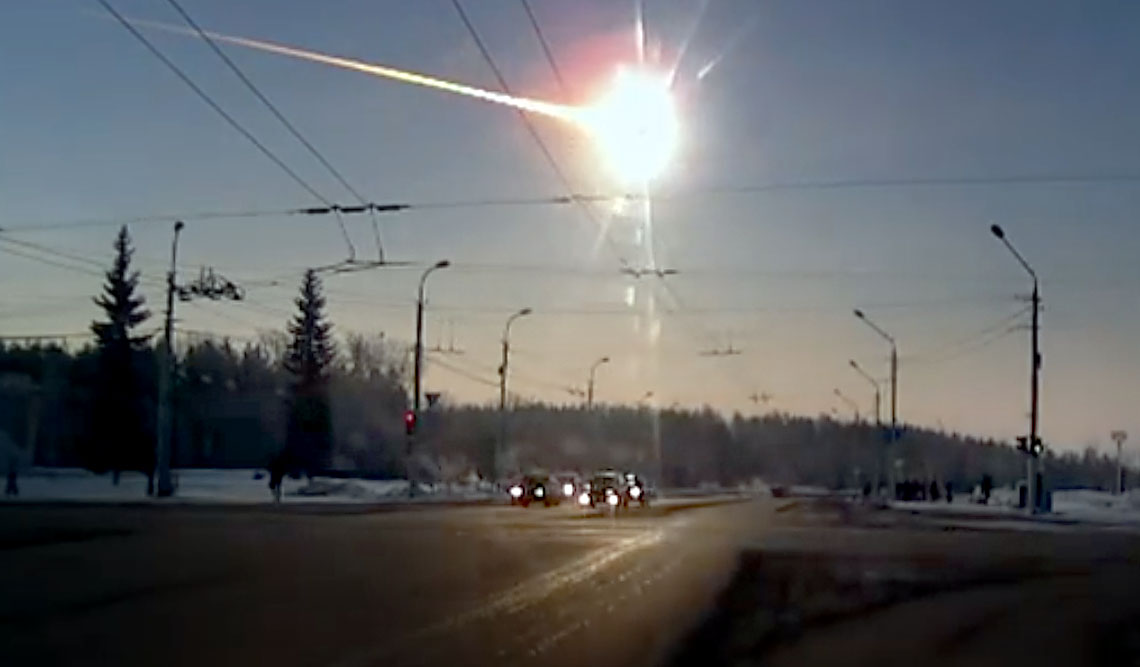
The threat is 3 to 10 times higher than previously predicted. The data will be presented at the Seattle Flight Museum, Tuesday April 22, at 6:00pm PDT.
Just last night, another fireball was seen over Russia, caught on a dashcamera. See video.
Now it becomes apparent why this press release is important.
This Earth Day, Tuesday, April 22, three former NASA astronauts will present new evidence that our planet has experienced many more large-scale asteroid impacts over the past decade than previously thought... three to ten times more, in fact. A new visualization of data from a nuclear weapons warning network, to be unveiled by B612 Foundation CEO Ed Lu during the evening event at Seattle's Museum of Flight, shows that "the only thing preventing a catastrophe from a 'city-killer' sized asteroid is blind luck."Since 2001, 26 atomic-bomb-scale explosions have occurred in remote locations around the world, far from populated areas, made evident by a nuclear weapons test warning network. In a recent press release B612 Foundation CEO Ed Lu states:
"This network has detected 26 multi-kiloton explosions since 2001, all of which are due to asteroid impacts. It shows that asteroid impacts are NOT rare - but actually 3-10 times more common than we previously thought. The fact that none of these asteroid impacts shown in the video was detected in advance is proof that the only thing preventing a catastrophe from a 'city-killer' sized asteroid is blind luck. The goal of the B612 Sentinel mission is to find and track asteroids decades before they hit Earth, allowing us to easily deflect them."In partnership with Ball Aerospace, the B612 Foundation will build, launch, and operate an infrared space telescope to find and track the hundreds of thousands of threatening asteroids that cannot be tracked with current telescopes. See the mission pager here



Perhaps benevolent alien cultures are shooting them down before they hit the earth like we all witnessed last year in Chelyabinsk. Watch the video clips, you can plainly see two unidentified objects firing at the meteor, breaking it up before it slammed into the earth. Thanks ET's!